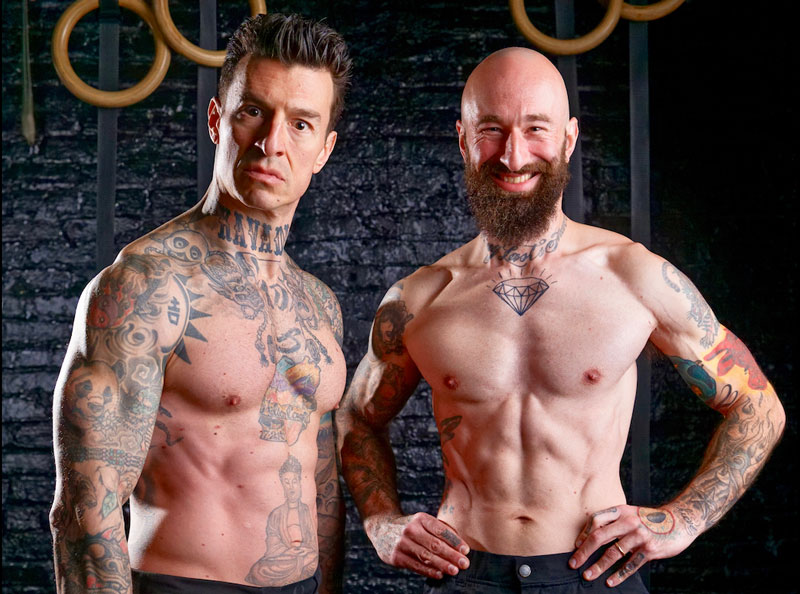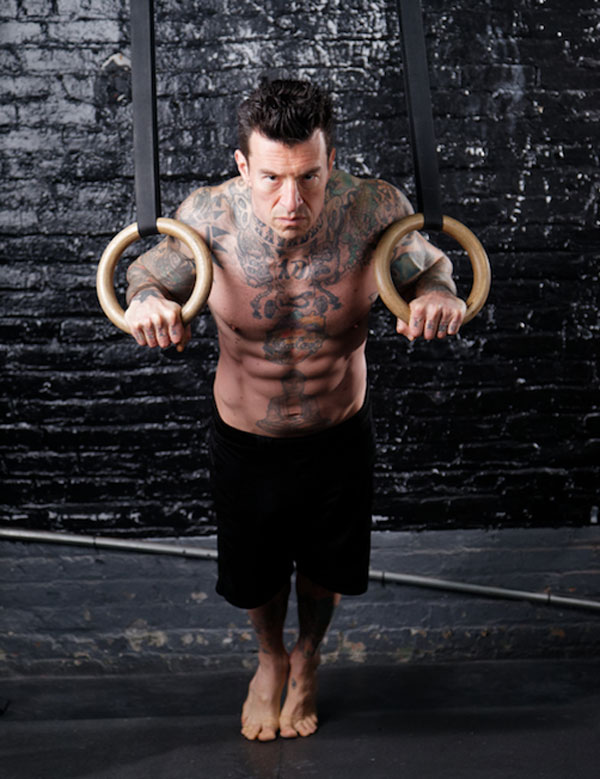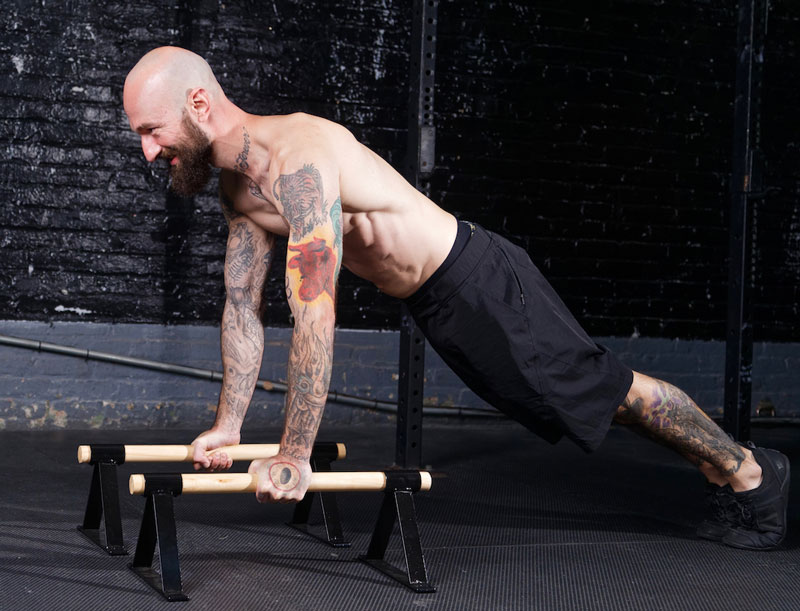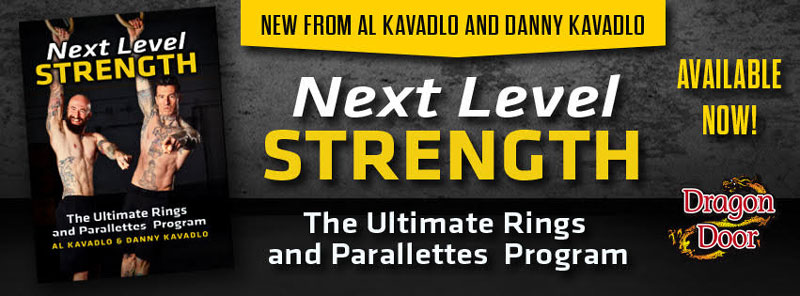
When we got started in fitness, we didn’t have many options. We were just two broke kids from Brooklyn, so we began with what was available to us: push-ups and pull-ups. This was not because we were necessarily “calisthenics guys” but simply because we didn’t have access to any equipment other than a basic doorway pull-up bar and the ground beneath our feet.
During the course of our journey, we would explore other methods of training. Once we were old enough to join a gym, free weights began to dominate our workouts. Though we never stopped doing push-ups and pull-ups, weight training had become the focus. We also experimented with machines, sandbags, medicine balls and everything else we could think of to maximize our strength gains. Additionally, as personal trainers in New York City, we wanted to familiarize ourselves with as many disciplines as possible so that we could provide the best service to all individuals.
Each of these modalities offers its own unique challenges and benefits. However, after years of experience with these different options, we eventually came full circle and returned to training with only our own bodyweight.
Pistol squats replaced barbell squats, L-sits replaced ab machines, handstand push-ups replaced military presses. The transition was so gradual that we hardly saw it coming. Little by little, we were slowly swapping out our favorite weight training exercises for their calisthenics counterparts. It is hard to say whether calisthenics chose us or we chose calisthenics.
Over the years, we have cultivated a following around the world for our unique style of bodyweight training, and we’ve been heralded for our ability to help our clients make maximal gains with minimal equipment.
We’ve written books about training with just a pull-up bar or no equipment at all. In Street Workout we even showed you how to make the world your gym.
In our previous release, Get Strong, we gave you our most stripped-down calisthenics program for building muscle and strength.
Although we have written extensively about bodyweight training, we still haven’t covered it all. Not by a long shot. In fact, within the bodyweight kingdom there are two important pieces of apparatus which we’ve never addressed until now: rings and parallettes. We’re still just getting started!

Why Rings?
It’s no secret that we’re big fans of the pull-up bar. You can do a lot more with a simple straight bar than many people realize. And while many of the exercises in our new book, Next Level Strength, can also be done on a pull-up bar, there are numerous subtleties rendering them quite different on rings:
-Rings require extra core recruitment. Unlike a fixed pull-up bar, rings are free-floating and unstable. They can swing back and forth, rock side to side and even rotate. This forces your body to stabilize itself to a greater degree. As there is always a risk of injury when working with an unstable apparatus, be cautious and take your time.
-Because they are not connected to one another, rings allow you to pass in between them on moves like the skin-the-cat and muscle-up. Whereas you must maneuver around a pull-up bar, rings will not get in your way.
-Training with rings can potentially be more forgiving on your joints, particularly those of the wrists, shoulders and elbows. By allowing your hands to rotate, your joints may move in a more personalized range of motion.
-Though some exercises are more challenging when performed on rings, others are more accessible. It’s a bit of a double-edged sword. Regardless, if you are used to training exclusively with a bar, those first few weeks of ring training may surprise you.

Why Parallettes?
Parallel bars that are low to the ground are known as parallettes. Though they might not appear to offer anything special at first glance, these little, low bars are an amazing tool. Here’s why:
-Wrist pain is one of the most common issues associated with floor exercises like planks, L-sits and handstands. Since parallettes allow your wrists to maintain a neutral position during these and other exercises, they offer a great way to work around (and possibly help eradicate) any issues that may plague your wrists.
-Squeezing parallettes while practicing these exercises creates more tension in your upper-body, which can facilitate a greater mind-muscle connection. This will help incur greater strength gains, especially with regard to your grip, core and shoulders.
-Elevating your hands with parallettes makes many exercises more accessible than when they’re performed on the ground. Oftentimes, beginners lack flexibility and/or core strength. Having extra clearance beneath your body can make just enough of a difference to help you nail your first L-sit or tuck planche.
-You can adjust the width of your parallettes to suit your individual proportions, which you cannot do with affixed bars.
The Next Level Strength Program
The Next Level Strength program offers something for everyone. The workouts in our new book build strength, flexibility, control and body awareness. There is also a unique skill element to many of these exercises. To be clear, however, Next Level Strength is not gymnastics. Though some of the exercises may look like gymnastics movements, we are not competing with anyone but ourselves.
Are you ready to take your strength to the Next Level?
Get our new book Next Level Strength today and get started on building the body you deserve!
